Sow Calendula Seeds Effortlessly With Emily Cupit’s Simple 3 Step Process


Elizabeth is a Permaculture Garden Designer, Sustainability Consultant and Professional Writer, working as an advocate for positive change. She graduated from the University of St. Andrews with an MA in English and Philosophy and obtained a Diploma in Applied Permaculture Design from the Permaculture Association.
Reviewed By ROY NICOL

Roy is a Professional Gardener and Horticultural Consultant, specialising in large garden year-round maintenance and garden development. He is an RHS Master of Horticulture and uses his research in the application of no-dig methods in ornamental garden settings. Roy has been a Professional Gardener for more than six years and is a member of the Chartered Institute of Horticulture, Professional Gardener's Guild and Association of Professional Landscapers (Professional Gardener).
Contributions From EMILY CUPIT

Emily is a Gardening Writer, Photographer and Videographer from Derbyshire, UK. She is the Founder of Emily's Green Diary - a community of more than 75,000 people who share in her gardening journey.
CALENDULA GUIDES
Deadheading
Growing From Seed
Varieties
Calendulas are one of the very best hardy annual flowers to grow in your garden.
They are extremely attractive, great for wildlife, excellent companion plants for a range of plants and often reliably self-seed in the garden.
They also provide, in their own right, a range of useful yields.
Calendula seeds can be sown indoors or under cover, or directly sown where they are to grow.
The seeds can be sown in spring, for blooms between June and September, or in autumn for flowers from around May to July.
The process is very simple:
- Prepare a suitable growing area to directly sow outside or prepare seed trays or containers if preferred.
- Sow your calendula seeds by scattering them over the soil and covering with 1cm of soil or compost, or placing them in containers covered with 1cm of a peat-free seed-starting growing medium.
- If you have sown indoors or under cover, harden off and plant out seedlings between May and July.
When To Sow Calendula
While you can sow in spring or autumn, I tend to sow my calendula seeds in spring.
“This approach avoids looking after seedlings all winter for the limited benefit of slightly earlier flowering,” says Roy Nicol, a Master Horticulturist.
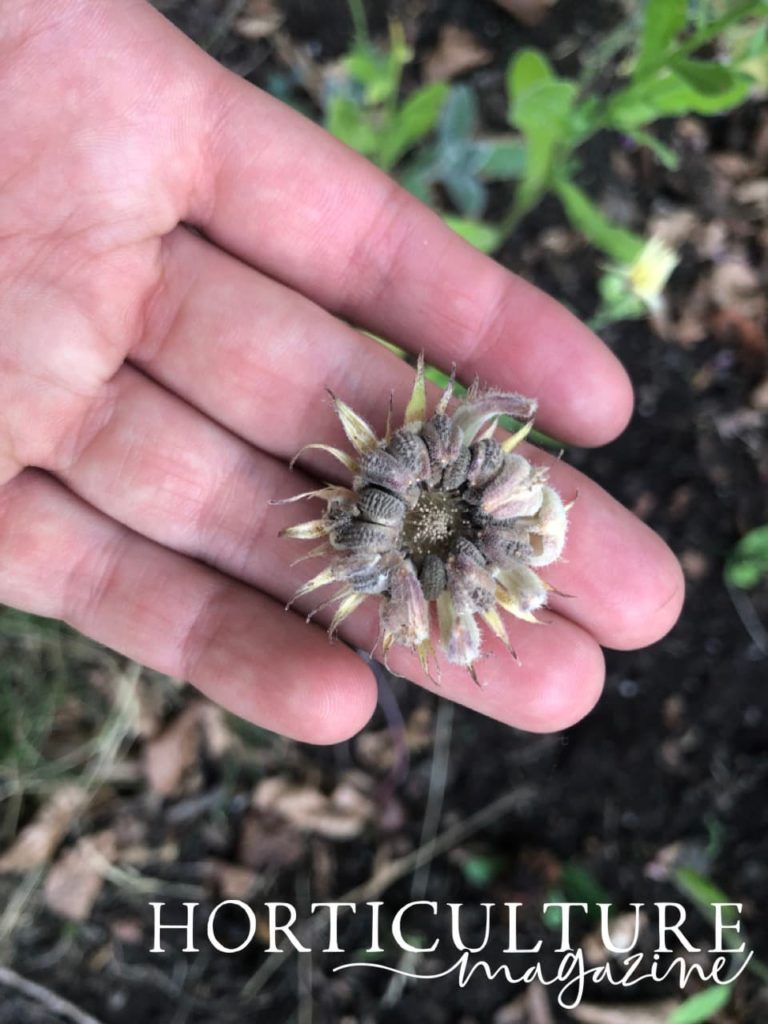
You can choose to sow indoors from March, direct sow in April or May, or sow either indoors or directly in September or October.
Calendulas are hardy and can cope with a little frost.
| Difficulty | Easy |
| Equipment Required | Seeds, seed tray or pots |
| When To Prune | March-May or September-October |
| When To Plant Out | May-July |
1) Prepare The Growing Area
Calendula seeds can be sown, like other annuals, into seed trays, toilet roll tubes, soil blocks or small pots, filled with a peat-free seed-starting compost.
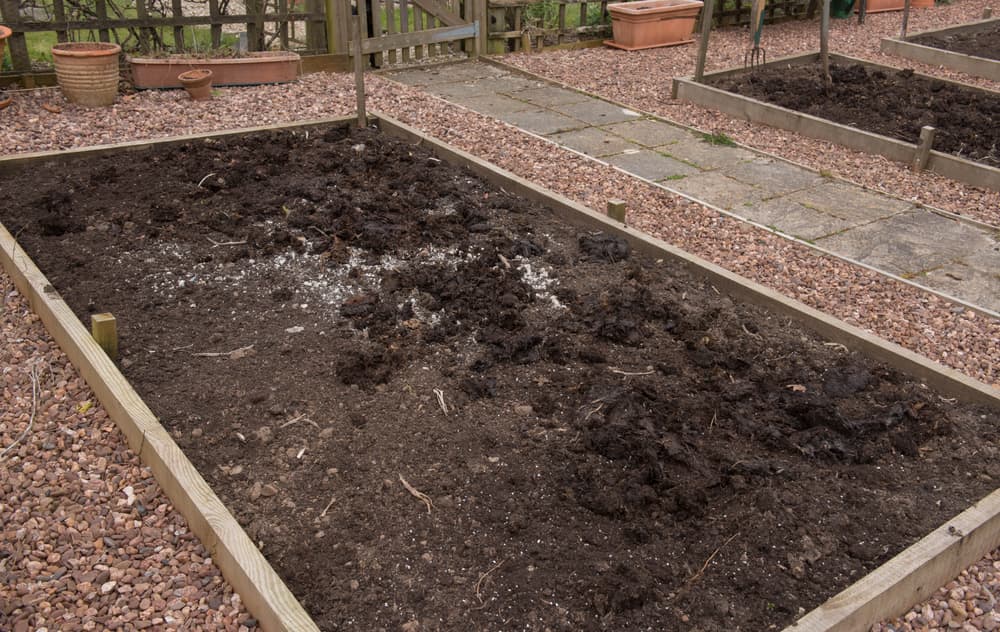
However, the best policy is generally to sow calendula seeds directly into prepared soil where they are to grow.
Calendulas are quite unfussy plants but like moist yet free-draining soil in full sun or very light shade.
I use them as companion plants in my vegetable garden.
2) Sow The Seeds
If choosing not to directly sow, place seeds into your trays, blocks, modules or containers, around 1cm deep.
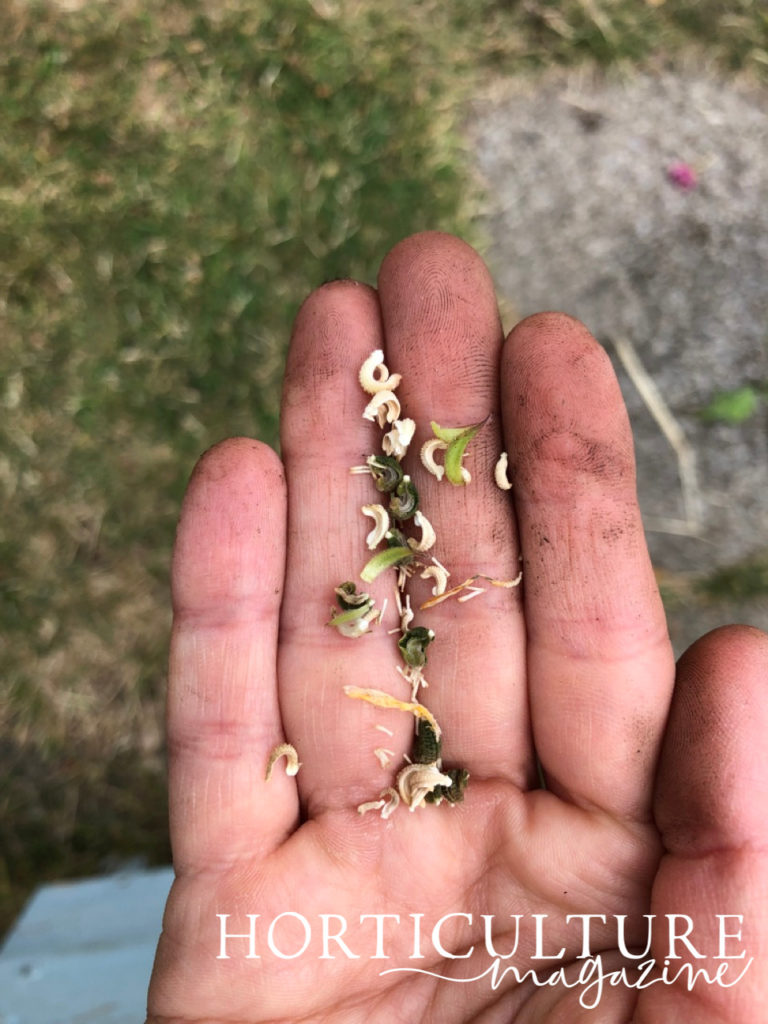
I simply broadcast the seeds over an area of my beds or sow sparsely into rows, covering over lightly with homemade compost so they are around 1cm deep.
Once the seedlings have germinated, I thin these to around 20cm apart.
3) Plant Out
If you have not chosen to directly sow your calendulas, you can prick out and pot up if required, then harden off and plant out your young calendula plants between May and July, once the weather has begun to warm where you live.
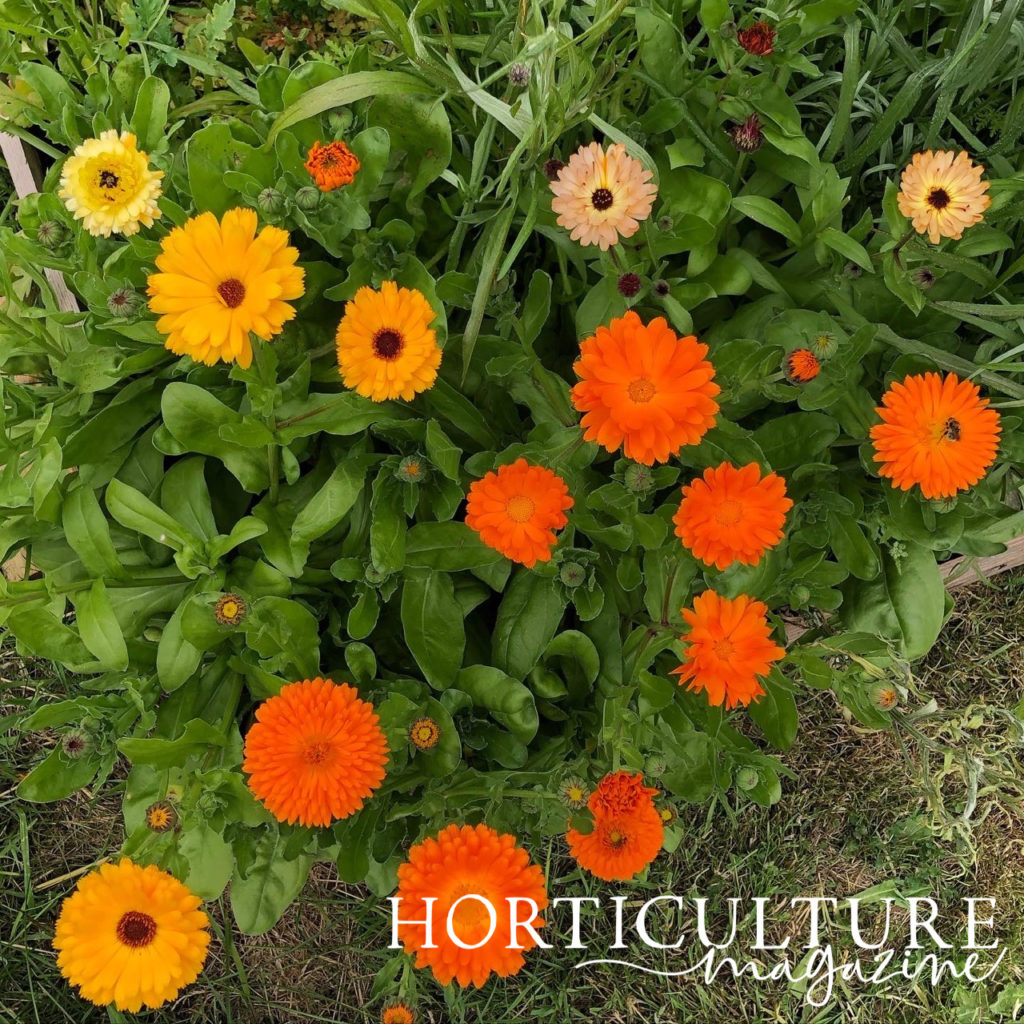
Direct sowing is by far the easiest choice, and calendula should thrive without much care and attention.
Just make sure the soil remains moist but not waterlogged and these plants will more or less take care of themselves.
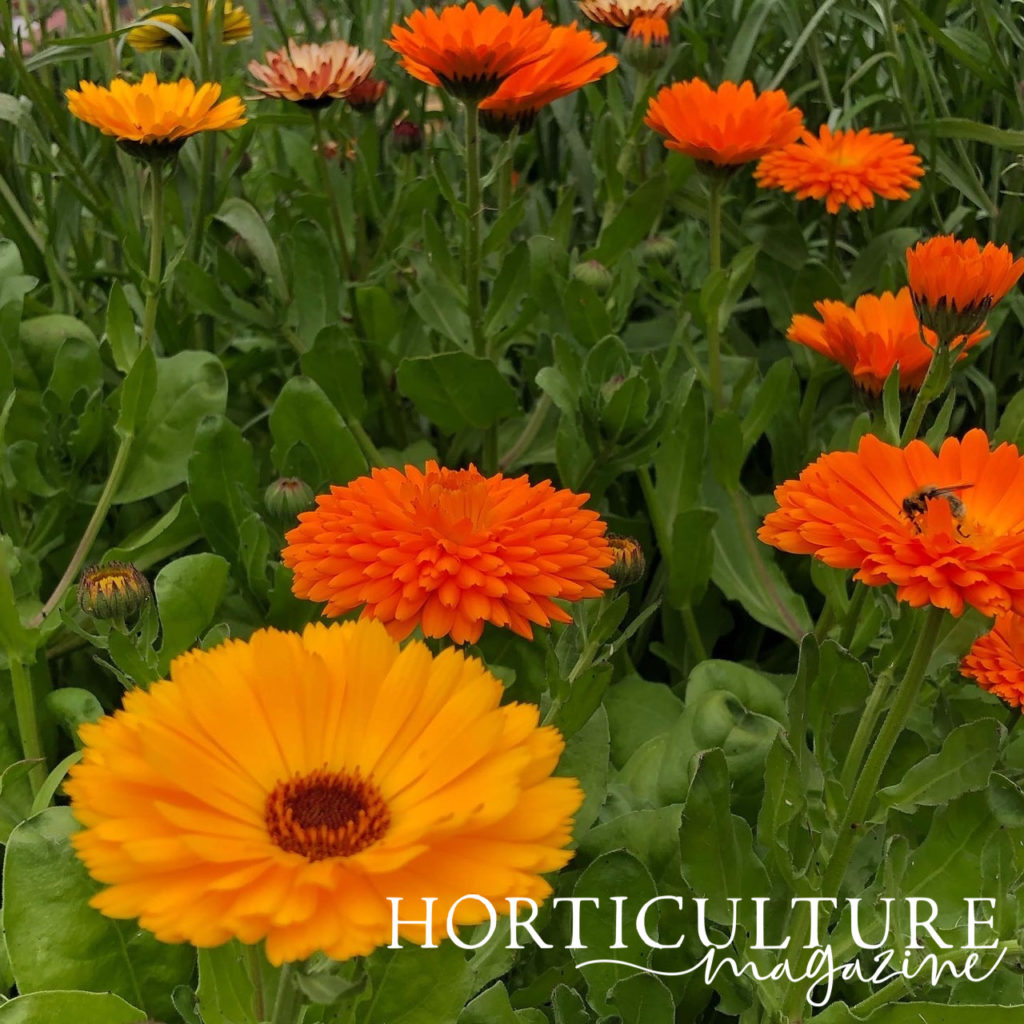
Often, they will also do the work for you and seed themselves around your garden the following year.
